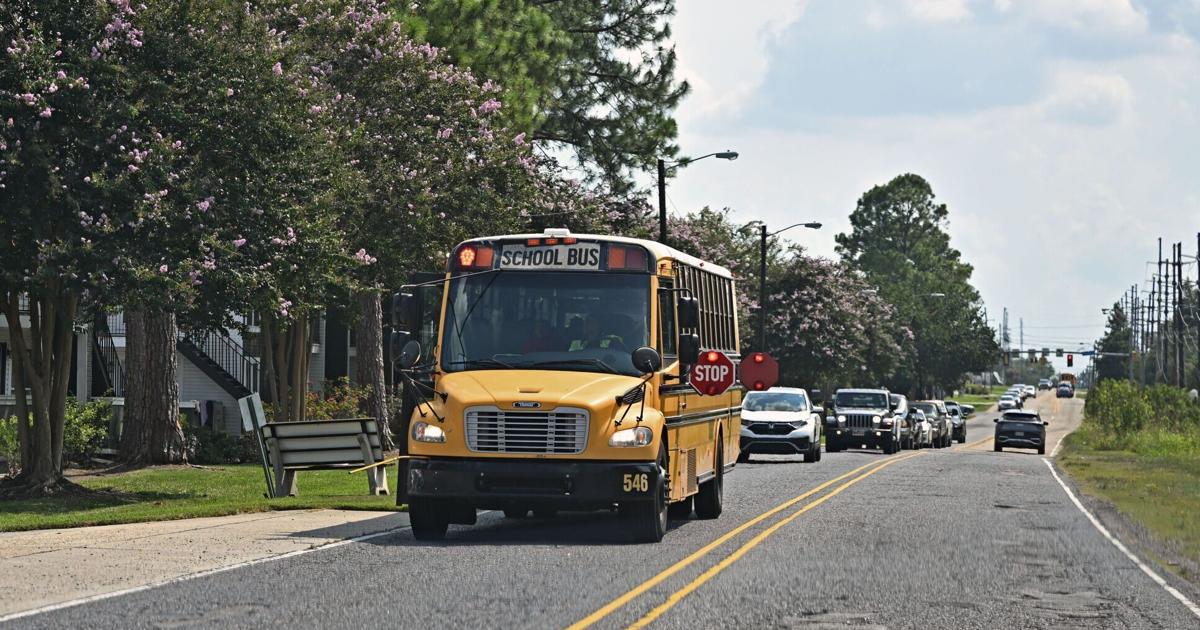Copyright Baton Rouge Advocate

For my entire life, getting to school felt like a race against the clock, accompanied by constant worry. My journey from being a kid in Detroit to a student at Louisiana State University is one of hard work and a crucial support system that ensured I had a safe and reliable way to get to class. My experience serves as living proof that policy can change lives and that dedicated federal funding for students experiencing instability is essential for creating real futures. As the national conversation turns to education funding, my story is a warning against converting specific, lifesaving funds into broad block grants. A lack of consistent transportation was one of the biggest challenges I faced as a student experiencing homelessness. For most of my life, I lived in a two-story flat in Detroit with a relative. After the summer following eighth grade, when I was forced to move back, my room had been turned into a storage space, and I no longer had a bed. For months, I slept on the floor. Despite this instability, I was determined to attend a specific high school that offered the educational benefits I needed. But staying there was a daily struggle. I moved four or five times during those years, sometimes living as far as 40 minutes from school with no available bus service. To cover the cost of getting there, I started working specifically to pay for ride-shares. The panic was constant. I remember telling my counselor I had no money for an Uber and would miss school and lacrosse practice. A friend of hers drove me for a while, but once that fell through, I was completely on my own. I ended up spending nearly $1,200 of my own money to get to school and my extracurriculars. This fear is a silent barrier no child should ever have to face. This is where policy became personal. The McKinney-Vento Homeless Assistance Act is a federal law that ensures children and youth experiencing homelessness, like me, have access to a free education, including a right to transportation assistance. Eventually, my school district was able to use those dedicated McKinney-Vento funds to partner with HopSkipDrive, a supplemental transportation provider, to get me to school. Finally, I had a daily, reliable and free-to-me ride from a safe adult. Because those federal funds were specifically targeted for students experiencing homelessness, my school was able to direct that money toward my most urgent need. That solution — a simple, safe ride — became my lifeline. It allowed me to stay at my high school, participate in lacrosse and an entrepreneurship program and ultimately build a competitive college application. My experience illustrates the importance of the national conversation about education funding. People are debating whether to give states money in big "block grants" to use however they want. My story is a clear argument for keeping funding like the McKinney-Vento grants targeted so kids like me don’t fall into the cracks. I credit a "village" of support, including my guidance counselor and my entrepreneurship teacher, for helping me get to where I am today. As someone who didn't have a stable guardian, I often felt like "no one's kid." This support was a blessing because it showed me that someone was responsible for my well-being. This funding can be effective in ensuring that dollars are available to support students experiencing housing instability. Instead of debating whether block grants are good or bad in theory, let’s use my journey to talk about how we can best use federal money to support students. Transportation isn't a separate issue — it’s a key part of the conversation about how we can use education funding effectively. All my hard work and all the support I received paid off. I am a student at LSU, and my success was the direct result of effective, targeted funding. I urge lawmakers to protect these programs and ensure that for every student facing instability, the ride to school is a bridge to their future, not a barrier. Angel Dawson is a junior studying mass communications and public relations at LSU.



